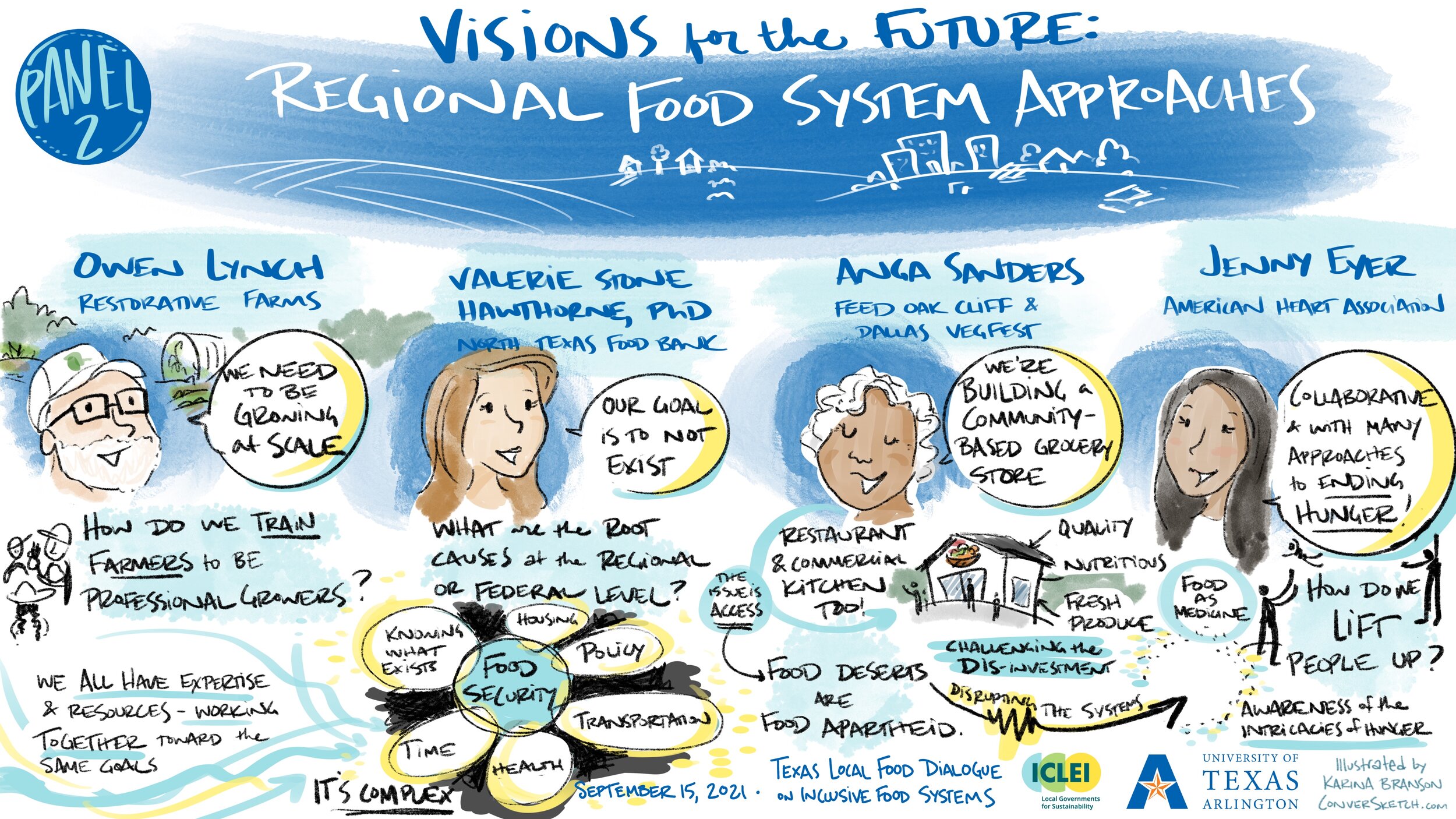I hope this finds all you folks in the US happy and rested after the Thanksgiving holiday.
My last newsletter focused on suspending judgement while brainstorming to facilitate innovation and creativity, with a promise to follow up this week with ideas to help you or your team make decisions and select the best ideas to move forward with. Okay, maybe you won’t end up completely blissed out if you use these ideas, but at least you’ll have a darn clear picture of what’s important to your team. Which is pretty much the same thing, right?
A graphic recorder can often visually reflect where there is energy or consensus in the group through the illustrations they create, but what if you don’t have a graphic recorder, or the group is having a difficult time deciding?
My first step is usually to have the group create Clusters. When brainstorming, I like to have participants write ideas on sticky notes – one per note – and post them on a wall. This makes it easy to move the ideas around into different themes or categories, which can then simplify or reduce the number of items you need to decide on or prioritize. Be sure to clearly delineate and name the clusters.
Great, now we have a ton of awesome clusters. What now? Now, my friend, you have options (ironic, more decisions for you to make). Here are some of my favorite decision-making and prioritization techniques, in no particular order, and with endless opportunities to tweak to fit your needs or group.
1. The Dot Vote: A Classic. Chances are, you’ve used this at least once in your life…If the words “dot vote” make you want to run screaming from the room or throw the device you’re reading this on against a wall, please move on to Idea 2 immediately. However, it’s used often for a reason; it’s quick, can be used in groups of all sizes, and forces people to make tough choices. I usually give people multiple dot stickers so they can give their votes some weight: if you really love an idea, put as many dots on it as you’d like. If you are interested in several, spread your dots around. The caveat is that dot voting might mean an idea that will more heavily affect a minority of the group might get overlooked, even with weighted dot voting.
2. Five Finger Vote: A la OGSystems Visioneers. This is another quick, weighted voting technique. After generating a list of clusters or key ideas to vote on, discuss them to be sure participants understand each one. Go through them one by one and ask participants to hold up fingers for each as follows:
0: Strong Preference Against (could not accept this idea)
1: Preference Against (accepting this idea would be a compromise to better alternatives)
2: Casual Preference Against (could accept this idea, but other alternatives are just as good)
3: Casual Preference For (could accept this idea, no better alternatives)
4: Preference For (would support this idea, and not prefer another idea)
5: Strong Preference For (could not support another idea)
Count the total for each option – the idea with the highest number of votes is the winner.
3. Selection Chart: Another Classic. When I need something more analytical and number oriented, creating a chart with options on the left column and criteria for ranking across the top can be useful. Decide on a scale for weight (i.e. 1-5, 5 being most important), and go through each option and give each criterion a number based on how important it is. Again, add up the scores for each option and you’ll get a winner and see distribution of importance. Bonus: You can do this individually first, then come together to discuss patterns or differences across the group.
4. Decision Trees (for inspiration & humor try this one): A la Dan Roam. Start with an important question, such as “Is dropping our price a good option?”. From there, ask and draw another, related question like “Is our market price sensitive?” decide yes/no, and if yes, ask another question, such as “How is our price relative to our competitor?”. If no, try another option since price isn’t a factor. And so on.








